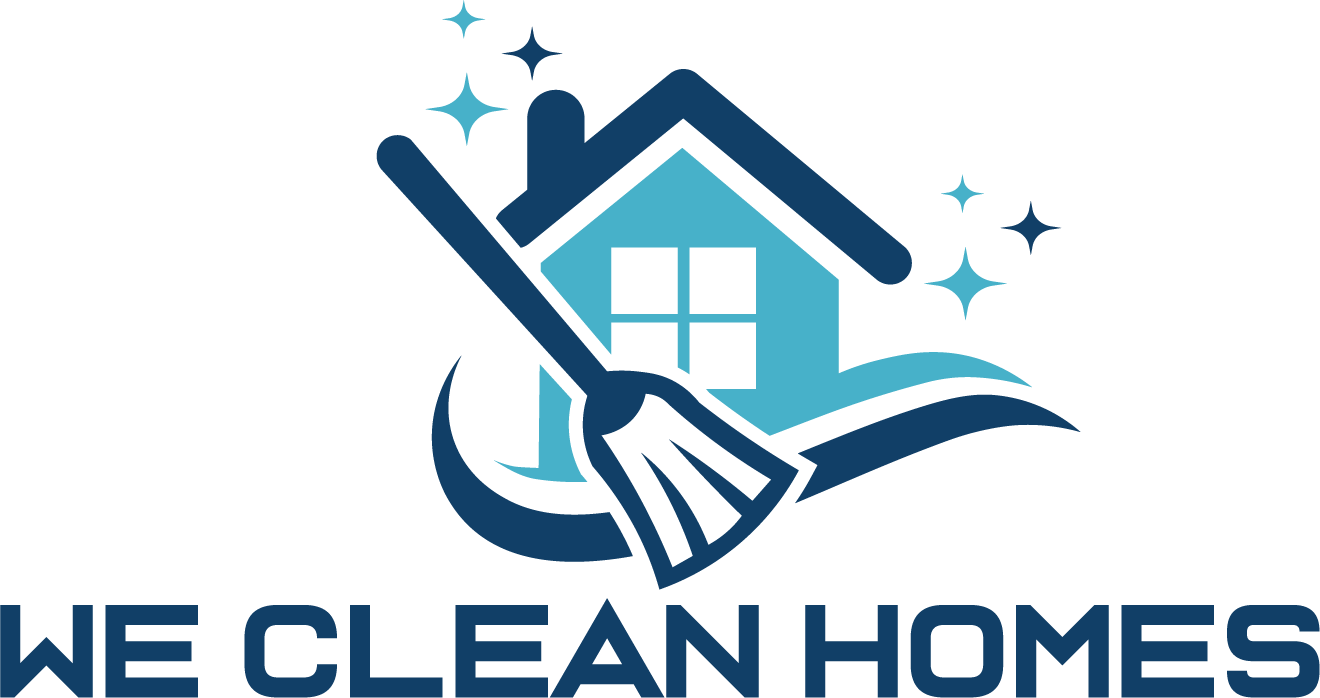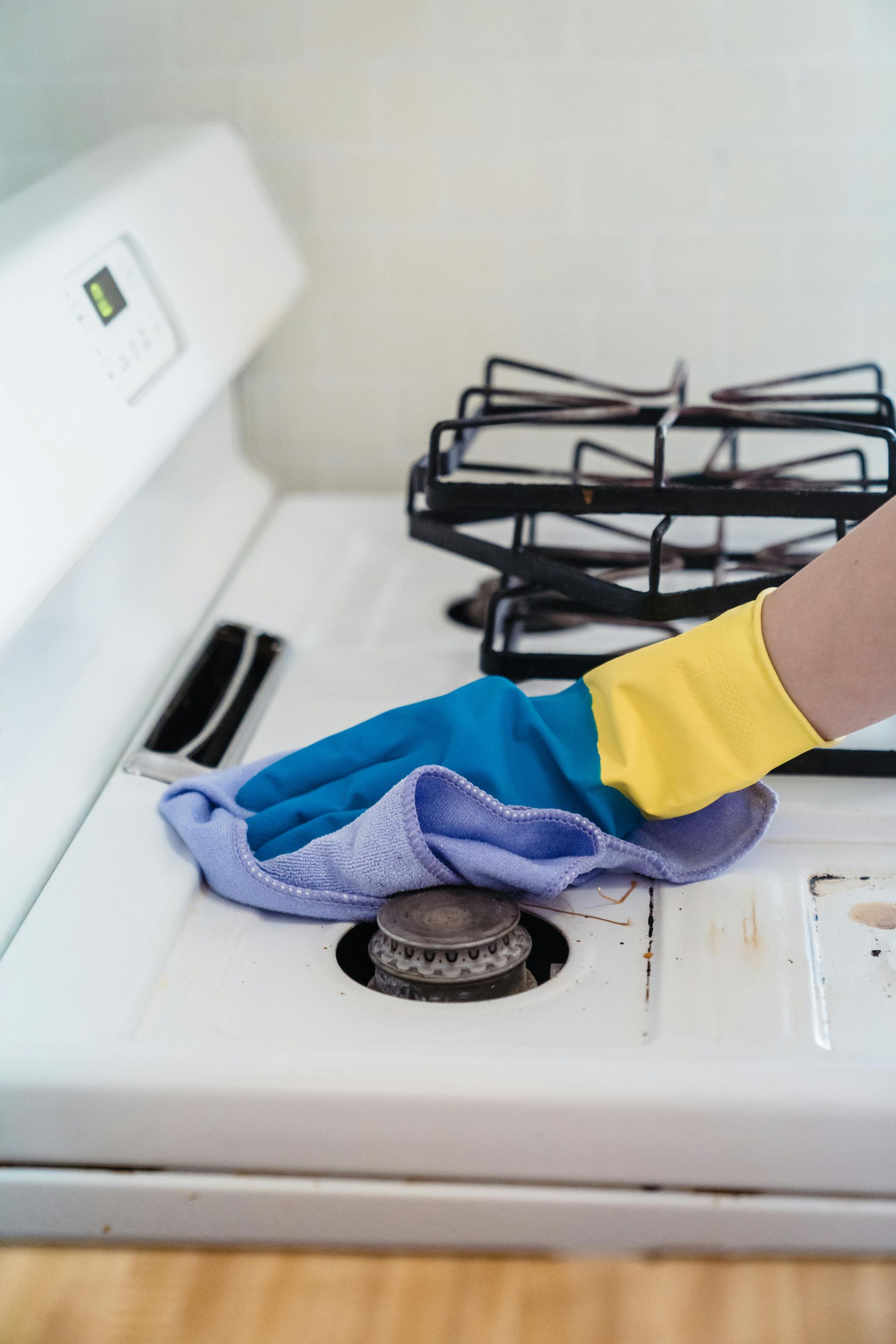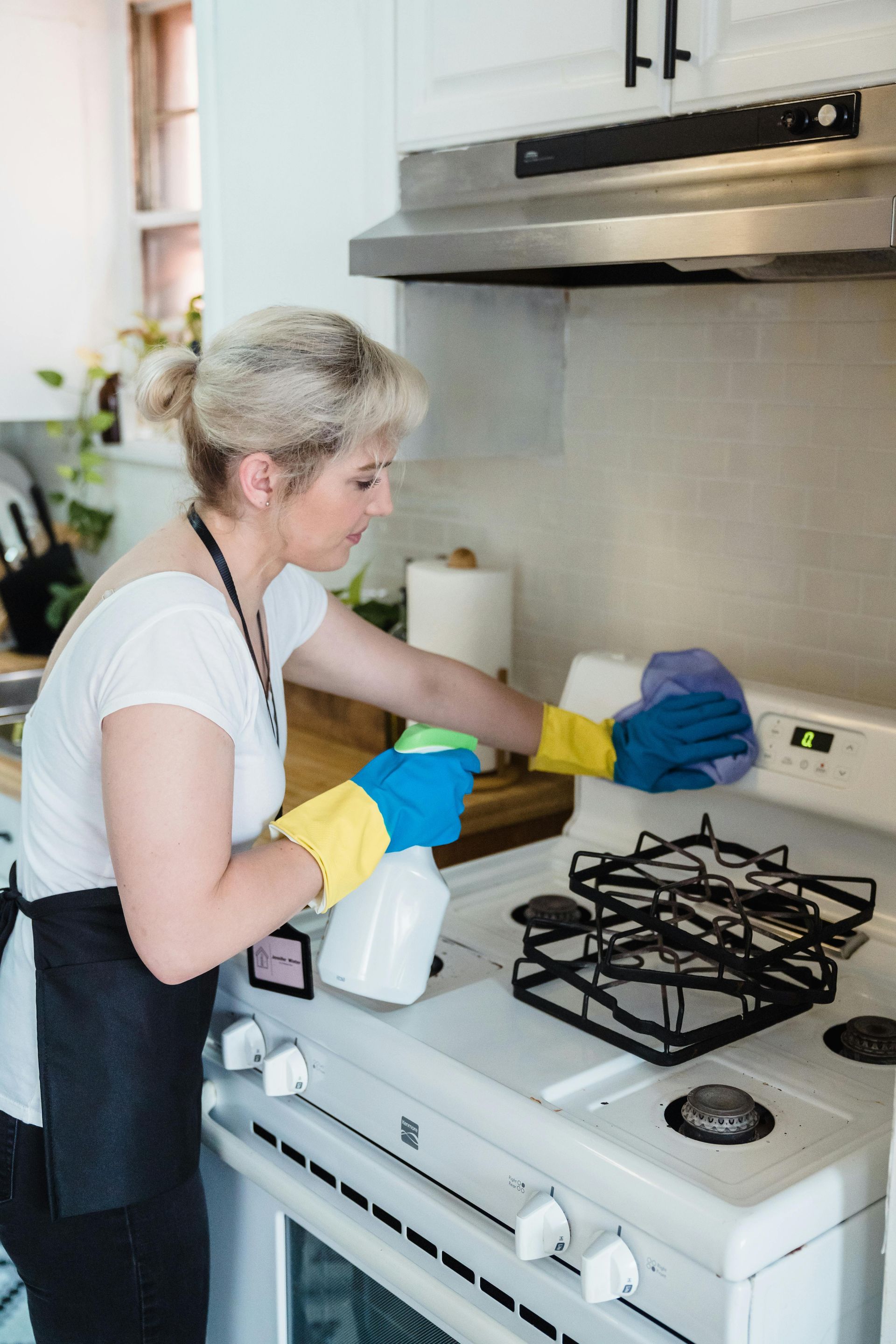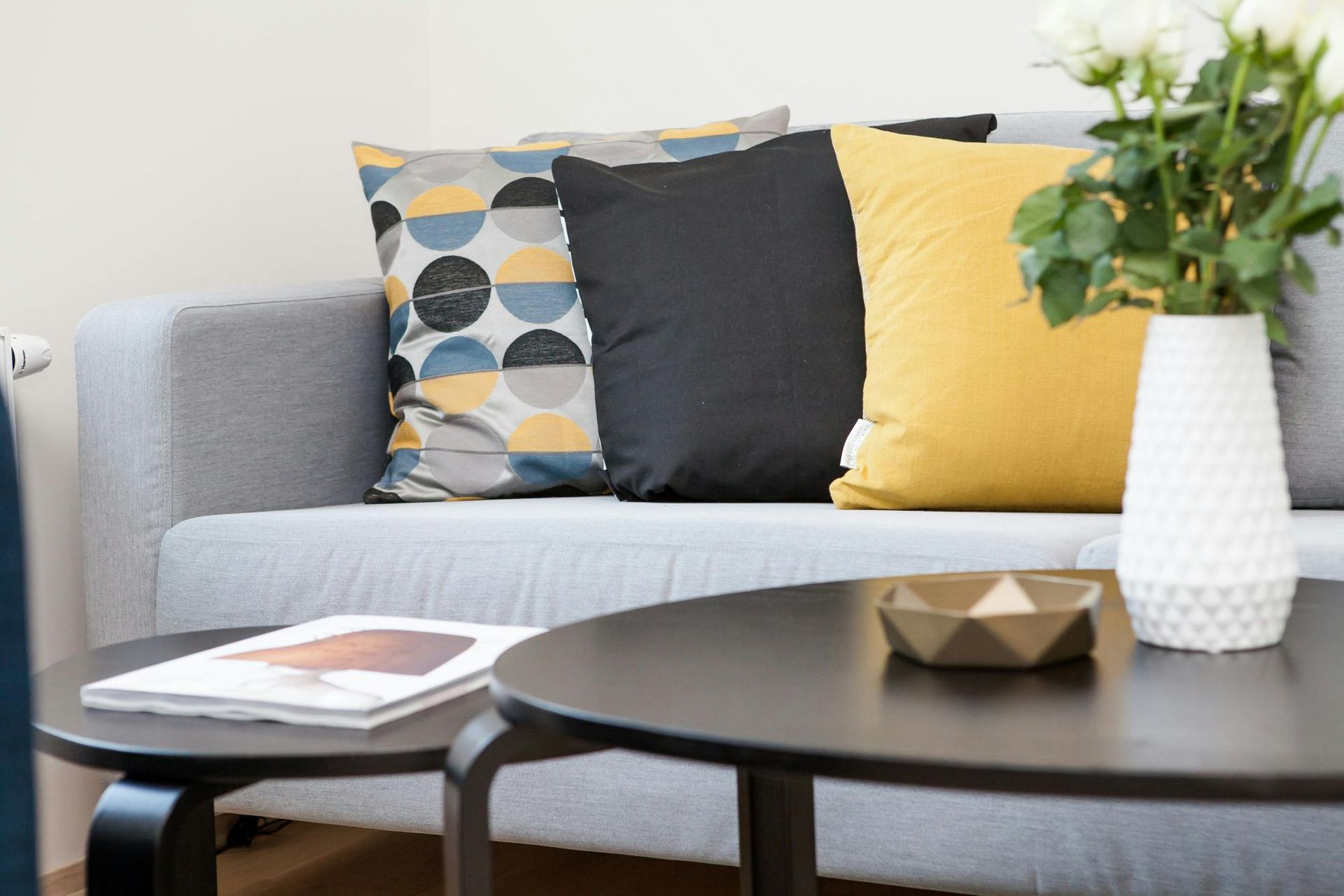Discover the unparalleled quality and exceptional customer satisfaction that sets We Clean Homes apart on its journey to becoming the premier home cleaning service in the UK. Request a quote today and experience the difference Michael Shaw, the visionary founder and managing director, is making in redefining industry standards.
How to Clean a House Professionally Checklist
Cleaning a house is no easy task and can be quite overwhelming. However, with the right plan and checklist in place, you can make sure that your home is sparkling clean in no time. Here is a comprehensive checklist to help you clean your house professionally and efficiently.
Preparing for Cleaning
Before you start cleaning, it’s important to prepare for the job ahead. This includes gathering all of the necessary supplies such as cleaning products, sponges, rags, vacuum cleaner, mop and bucket. Additionally, it’s important to create a plan of attack so that you know which areas of the house need to be cleaned first and how long each task should take.
Cleaning the Kitchen
The kitchen is one of the busiest rooms in a home. It is where meals are prepared, dishes are washed, and often where people congregate. Keeping a clean and hygienic kitchen is important for maintaining good health and preventing the spread of bacteria and germs. We will discuss the importance of cleaning the kitchen and the steps involved in doing so.
Importance of Cleaning the Kitchen
The kitchen is a breeding ground for bacteria and germs. Food particles, spills, and stains can quickly accumulate on surfaces, leading to the growth of harmful bacteria that can cause food poisoning and other illnesses. Additionally, insects and pests are attracted to food residue and can quickly infest a kitchen if left uncleaned.
A clean kitchen is also important for the aesthetic appeal of your home. A tidy kitchen makes a positive impression on visitors and can increase the value of your property.
Steps Involved in Cleaning the Kitchen
- Wiping down all surfaces: Start by wiping down all surfaces, including countertops, tables, and chairs, with a damp cloth. Use a mild cleaner or a mixture of water and vinegar to remove any stains or grease.
- Scrubbing any areas that are particularly dirty or stained: For areas that are particularly dirty or stained, such as the stovetop or oven, use a scouring pad or abrasive cleaner to scrub away grime and build-up.
- Cleaning inside cupboards and drawers: Empty out all cupboards and drawers, wiping down the insides with a damp cloth or disinfectant cleaner. Discard any expired or spoiled food items and donate any unopened but unwanted food to a local food bank.
- Cleaning behind appliances such as ovens and fridges: Move appliances such as the oven and fridge away from the wall and clean behind them. Dust and debris can accumulate in these areas, leading to unpleasant odours and potential fire hazards.
- Mopping the floor with a disinfectant cleaner: Once all surfaces are clean, mop the floor with a disinfectant cleaner to remove any remaining bacteria and germs. Pay extra attention to high traffic areas, such as in front of the sink and stove.
- Vacuuming any carpets or rugs in the room: If there are carpets or rugs in the kitchen, vacuum them thoroughly to remove any crumbs or debris.
Cleaning the kitchen is an essential task that contributes to the overall cleanliness and hygiene of your home. By following the steps outlined above, you can ensure that your kitchen is free from harmful bacteria and germs, and looks and smells fresh and inviting. Whenever you encounter a dirty kitchen, take action and clean it thoroughly to promote your health and wellbeing. Your efforts will pay off in a healthier and happier home environment.
Cleaning Bathrooms
Bathrooms are one of the most frequently used rooms in a home, and as a result, can quickly become dirty and unhygienic. Proper cleaning of the bathroom is essential for maintaining a healthy and pleasant environment. We will discuss the challenges involved in cleaning bathrooms and the steps involved in doing so.
Challenges Involved in Cleaning Bathrooms
Bathrooms present a unique set of challenges when it comes to cleaning. The high humidity and moisture levels in bathrooms make them a breeding ground for bacteria and fungi, which can lead to unpleasant odours and health issues. In addition, hard water stains, soap scum, and grime can accumulate on surfaces and make cleaning more difficult.
Another challenge in cleaning bathrooms is the presence of hard-to-reach areas, such as behind toilets and showers. These areas can be breeding grounds for germs and bacteria if not cleaned properly.
Steps Involved in Cleaning the Bathroom
- Wiping down all surfaces with an antibacterial cleaner: Start by wiping down all surfaces, including countertops, sinks, and toilets, with an antibacterial cleaner. This will help to kill any germs or bacteria that may be present.
- Scrubbing any areas that are particularly dirty or stained: For areas that are particularly dirty or stained, such as the bathtub or shower, use a scouring pad or abrasive cleaner to scrub away grime and build-up. Pay special attention to areas where mildew or mould may be present.
- Cleaning inside cupboards and drawers: Empty out all cupboards and drawers, wiping down the insides with a damp cloth or disinfectant cleaner. Discard any expired or unused products, and organise the remaining items.
- Cleaning behind toilets and showers: Move the toilet and shower away from the wall and clean behind them. Use a scrub brush and disinfectant cleaner to remove any build-up of mould, mildew, or other bacteria.
- Mopping the floor with a disinfectant cleaner: Once all surfaces are clean, mop the floor with a disinfectant cleaner to remove any remaining bacteria and germs. Pay extra attention to high traffic areas, such as in front of the sink and toilet.
- Vacuuming any carpets or rugs in the room: If there are carpets or rugs in the bathroom, vacuum them thoroughly to remove any debris or dust.
Cleaning bathrooms can present some challenges, but it is a critical task that contributes to a healthy and hygienic home. By following the steps outlined above, you can ensure that your bathroom is free from harmful bacteria and germs, and has a fresh and clean appearance and scent. Whenever you are faced with a dirty bathroom, take action and clean it thoroughly to promote your health and wellbeing. Your efforts will be worth it, as you will enjoy a cleaner and more comfortable living environment.
Cleaning Living Areas
Living areas such as living rooms and bedrooms are some of the most used spaces in a home. Therefore, keeping them clean is essential for maintaining a healthy and comfortable living environment. We will discuss the importance of cleaning living areas and the steps involved in doing so.
Importance of Cleaning Living Areas
Living areas are where we spend most of our time, relaxing and unwinding after a long day. As such, it is crucial to keep them clean and tidy to promote a healthy and comfortable living environment. Dust and dirt can accumulate quickly in living areas, which can lead to respiratory issues and allergies. Additionally, clutter and mess can cause stress and anxiety, which can negatively impact mental health.
Steps Involved in Cleaning Living Areas
- Vacuuming first before wiping down any surfaces: Begin by vacuuming the room thoroughly. Vacuuming should be done first to remove any debris and dust from the floor, which will make cleaning other surfaces easier.
- Dusting furniture such as tables, chairs, and shelves: Use a microfiber cloth or duster to remove any dust from furniture such as tables, chairs, and shelves. Dusting should be done from top to bottom, starting with the highest surfaces, such as shelves and ceiling fans.
- Cleaning window sills and blinds if necessary: Windowsills and blinds can collect dust and debris over time. Use a damp cloth or duster to clean the windowsills and a vacuum with a brush attachment to clean the blinds if needed.
- Mopping any hard floors with a disinfectant cleaner: After dusting and vacuuming, mop the floors with a disinfectant cleaner. Pay special attention to high traffic areas and areas prone to spills, such as near the kitchen or dining area.
- Vacuuming any carpets or rugs in the room: If there are carpets or rugs in the living area, vacuum them thoroughly to remove any debris or dust. Use the appropriate attachment for the type of carpet or rug to avoid damaging it.
Maintaining clean living areas is essential for creating a healthy and comfortable living environment. By following the steps outlined above, you can keep your living areas clean, organised, and free from harmful allergens and bacteria. Whenever you encounter a cluttered or dusty living area, take action and clean it thoroughly to enjoy the benefits of a clean and healthy home. Your efforts will make a difference, as you will experience greater comfort and wellbeing in your living space.
Final Touches
Once you have finished cleaning each room in your house it’s time for some final touches such as polishing furniture or wiping down mirrors and window sills if necessary. Additionally, don’t forget about those hard-to-reach places such as ceiling fans or light fixtures which should also be dusted off from time to time! Finally, don’t forget about those pesky cobwebs which can easily accumulate over time - use a vacuum attachment or broom handle wrapped in cloth for this job!
By following this comprehensive checklist you can ensure that your home is sparkling clean in no time! With some preparation beforehand and careful attention paid during each step of the cleaning process you can make sure that your home looks its best at all times!
If you want a cleaner, healthier, and more comfortable home, it's time to take action with We Clean Homes! Our professional cleaning services can help you maintain a clean and hygienic living environment, no matter how busy your schedule may be. Don't wait - contact us today to schedule a cleaning appointment and start enjoying the benefits of a clean home. With We Clean Homes, you can relax and enjoy your living space, knowing that it's in the best possible hands.







